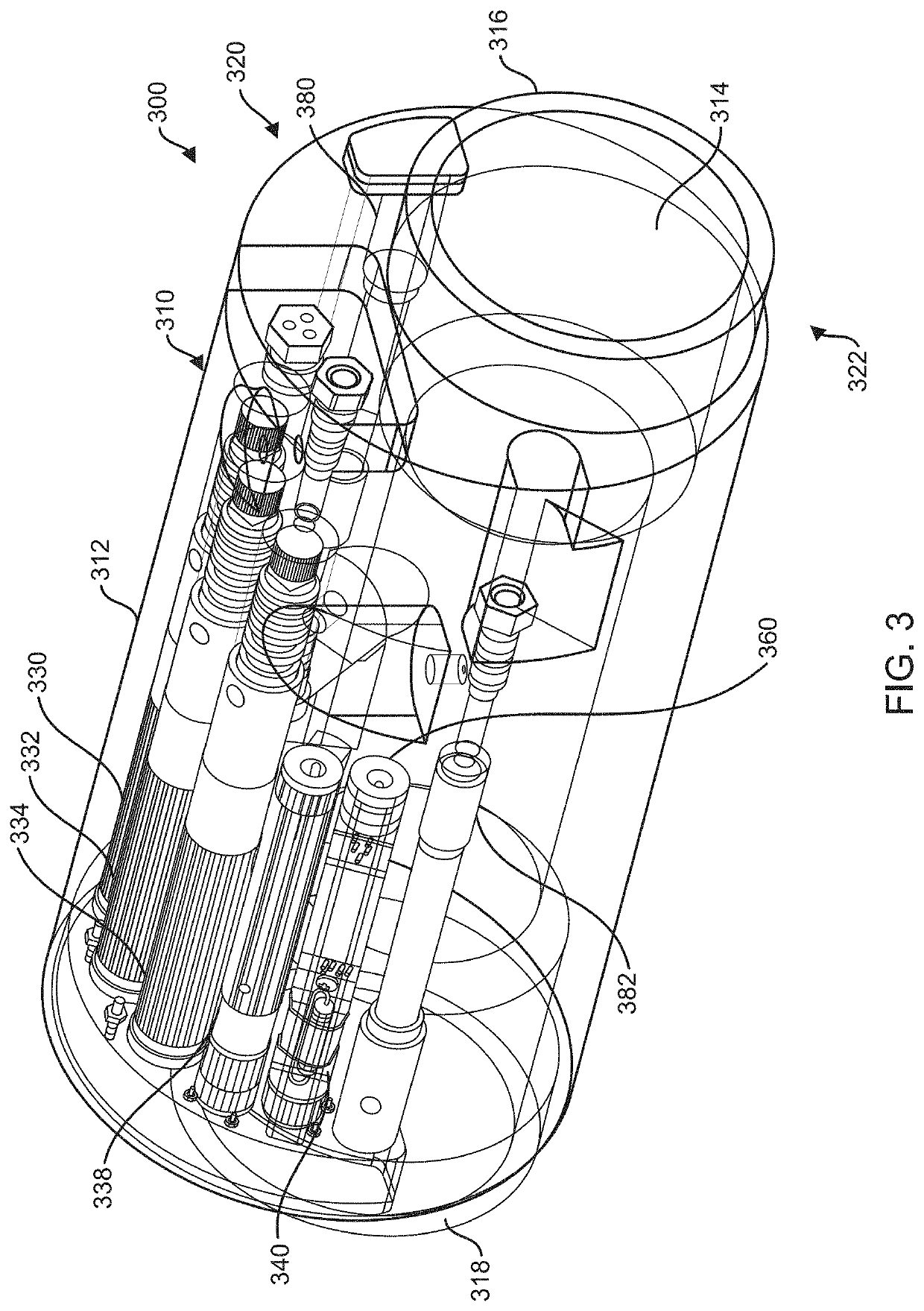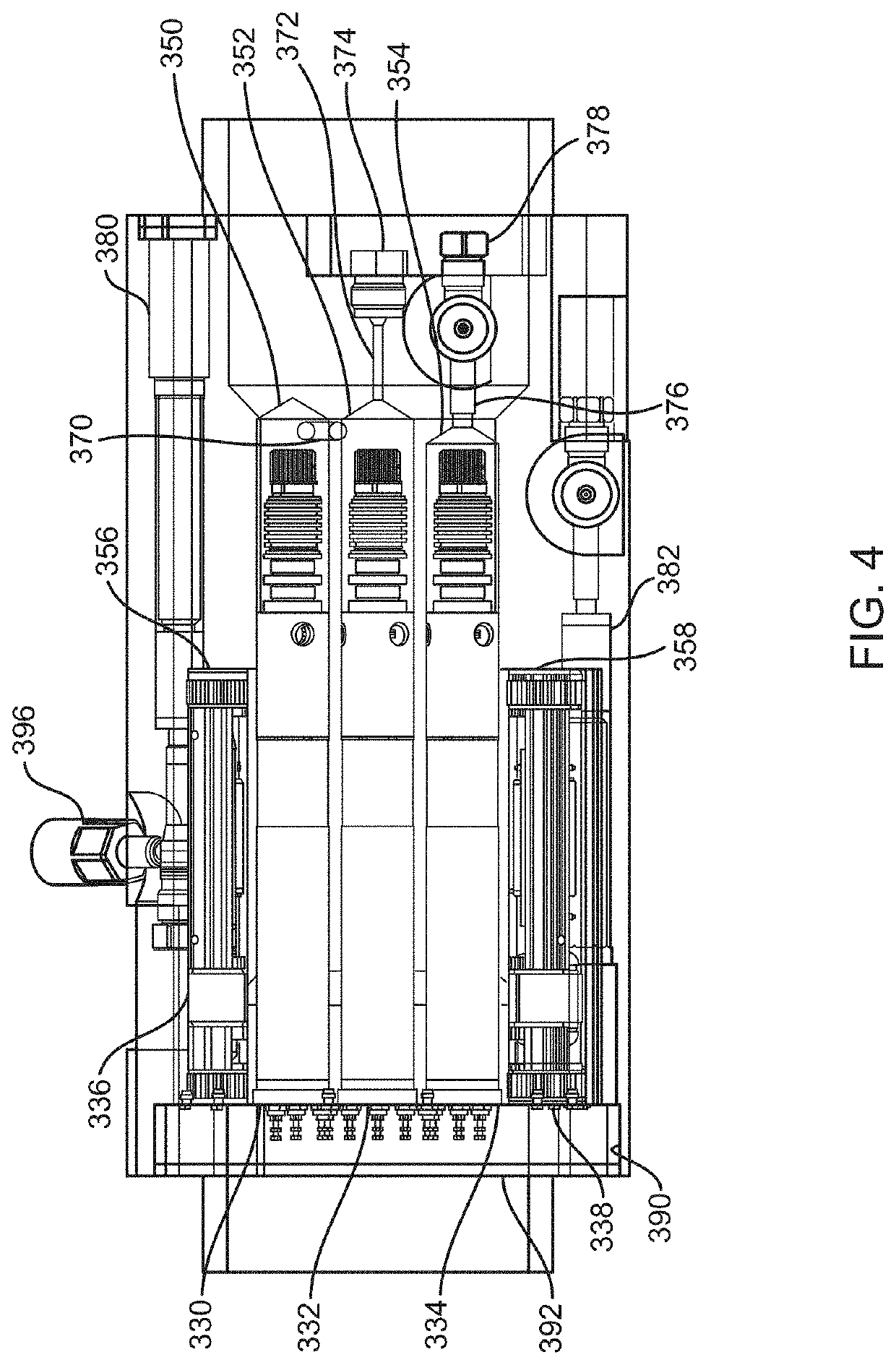Top side coupling gauge mandrel
a top-side coupling and gauge technology, applied in the field of instrumented couplings, can solve the problems of increasing the risk of having to scrap carriers, and achieve the effects of reducing the total amount of material required for couplings (carriers and sensor packages), reducing cost, and reducing cos
- Summary
- Abstract
- Description
- Claims
- Application Information
AI Technical Summary
Benefits of technology
Problems solved by technology
Method used
Image
Examples
Embodiment Construction
[0029]One or more embodiments of the invention are described below. It should be noted that these and any other embodiments described below are exemplary and are intended to be illustrative of the invention rather than limiting.
[0030]This disclosure is directed to an improved instrumented coupling or gauge package that uses a carrier which serves as a housing for sensors and associated electronics that are installed in pockets or cavities within the carrier wall. The carrier may have an offset bore, so that the carrier wall is thicker on one side, allowing larger cavities to be provided for the sensors and electronics.
[0031]Referring to FIGS. 1 and 2, diagrams illustrating differences between a conventional gauge package and a gauge package (an instrumented coupling) having gun drilled cavities are shown. As depicted in FIG. 1, the conventional gauge package 100 is constructed using an elongated tubular mandrel 110 which serves as a carrier. A coupling is formed at each end of the m...
PUM
 Login to View More
Login to View More Abstract
Description
Claims
Application Information
 Login to View More
Login to View More - R&D
- Intellectual Property
- Life Sciences
- Materials
- Tech Scout
- Unparalleled Data Quality
- Higher Quality Content
- 60% Fewer Hallucinations
Browse by: Latest US Patents, China's latest patents, Technical Efficacy Thesaurus, Application Domain, Technology Topic, Popular Technical Reports.
© 2025 PatSnap. All rights reserved.Legal|Privacy policy|Modern Slavery Act Transparency Statement|Sitemap|About US| Contact US: help@patsnap.com



